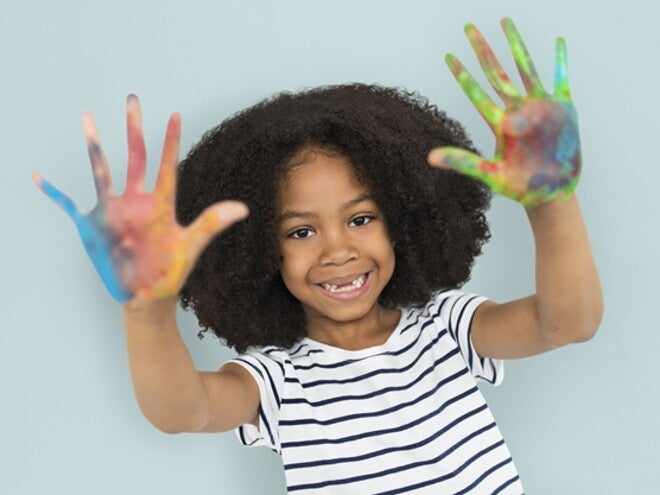
71 months Milestone
Your child has grown and developed so much. Most children, who are about to turn six years old, can:
- Sort objects into groups according to colour, shape, size or category
- Recognise and create ABAB patterns such as “blue, red, blue, red”
- Count to 20 and count any number of items from 1 to 10
- Match the numerals 1 to 10 to the number of items each represents
- Identify and draw circles, squares, rectangles and triangles
- Use hands to demonstrate the meaning of up/down, over/under, right/left and around
- Use fingers to represent any number from 1 to 10. They use the dominant hand to show 1 to 5, then add the other hand to count on from there to get to 6, 7, 8, 9 and 10
- Match equal groups of objects one-to-one, for example, five teaspoons and five mugs
- Arrange the numbers 1 to 10 in order
Children are people to be unfolded
A child’s personality is the result of brain wiring
Every child is born with a temperament based on their genetic programming and, as a result, there are biologically based differences between children that are relatively consistent.
A child’s temperament refers to the “basic default setting” or “personal style” with which that child approaches and reacts to the world.
It determines the style in which that little brain receives information from the sensory organs and how it processes it. All of this is determined by the answers to questions like: Is the brain easily overwhelmed by high levels of sensory input? Does it seek high levels of input? How does it respond to stress? How does it react to human interaction, movement, exhaustion, novelty, and different emotions?
Hence, the fact that a baby who is naturally “easy” will grow up to become an easy-going adult, and a baby, who is easily overwhelmed by lots of sensory input and more sensitive to emotional stress, will grow into a less boisterous adult.
We’ve all experienced this and know it to be true.
However, as parents, what we really want to know is: what is the extent to which a parent can and should try to mould a child’s personality?
It helps to know that personality is built on temperament and that it is the product of the temperament PLUS the environmental influences that the developing child experiences.
Therefore, while a child’s temperament largely determines what they prefer, what motivates, frustrates, embarrasses them and makes them feel successful, their upbringing determines how they respond to all of that and manage it. The sum-total of all these things put together equals their personality.
Imagine a tree with roots (a child’s inborn temperament) and a trunk with branches (that child’s personality) that also bears fruit (the child’s moral character)
Although your child came into this world with a certain temperament that cannot be changed, what is going to be visible to the world one day when they are an adult, will largely be influenced by their upbringing.
It’s easier to bend a tree while it’s young
This is why spending time with our children is an incredibly important and wise investment and it’s so important for parents to be open to learning and getting advice.
We want to thank you for allowing us to be a part of your parenting journey for a short while
We trust that the information that we’ve been sharing with you has made a difference and that we added a special touch to your parenting in many ways.
Our time together is over now, but we know that you will continue to be an involved, informed and tree-bending parent.
Best wishes from us.
Tip: One last tip from us, and this is a GOOD one
Children whose parents talk to them about what they know and how they learn, test higher in IQ tests. This is because it develops a mental skill known as “metacognition”. This means thinking about one’s thinking.
A few ways to encourage metacognition in your child.
- Ask them to tell you five things they know about something. For example, dogs, apples or stars.
- As them to tell you their own plan for thinking about things. This can help them make greater sense of their life experiences. For example, they could name something’s category and where it is found. If we use “cow” as an example, we could say: “An animal that lives on a farm.” If we use “car” we would say: “A vehicle found on the road”.
- Ask them to record the family’s procedure for washing dishes. Talk it through, draw sketches to represent the steps and stick them on the wall above the sink.